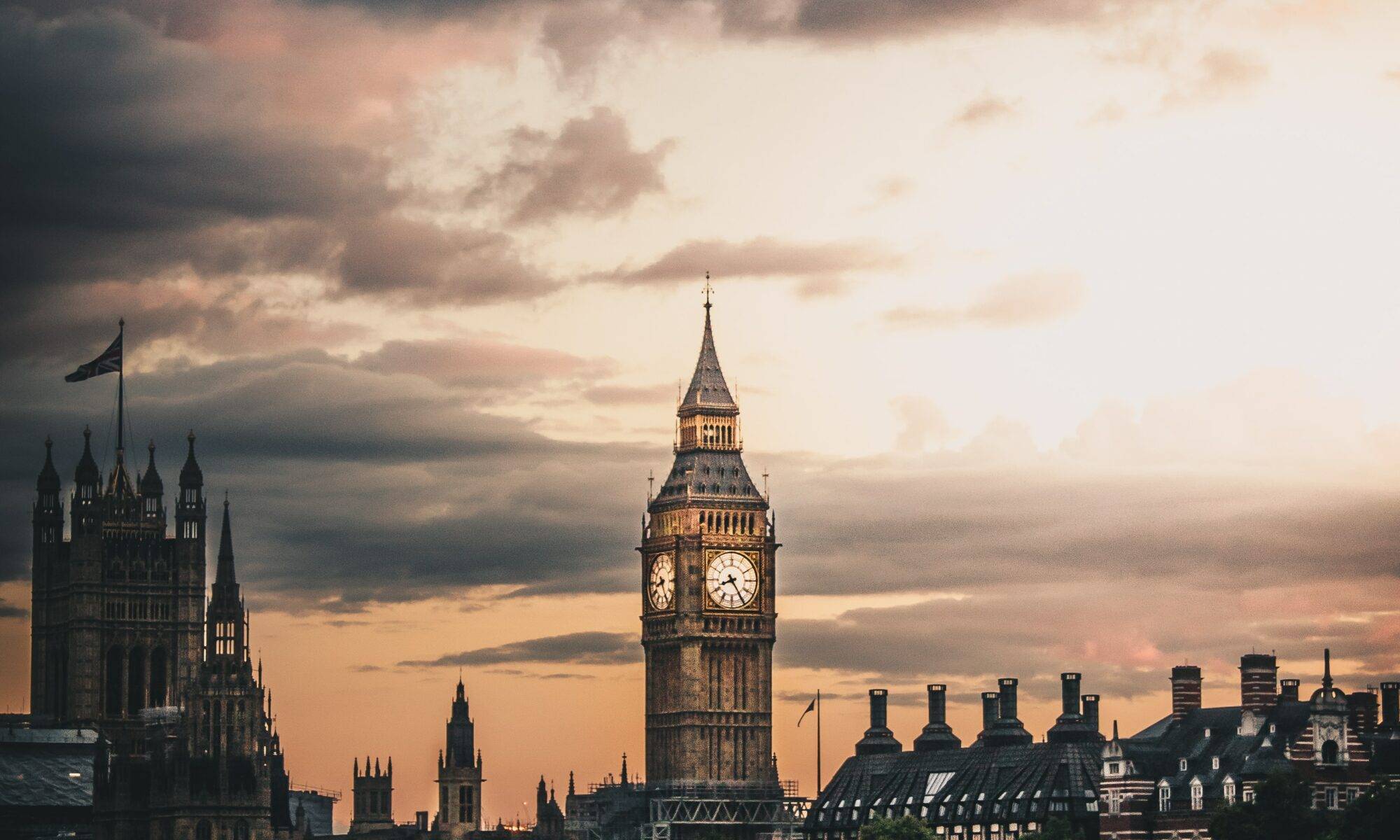London, the capital city of the United Kingdom, is a metropolis that captivates millions of visitors each year. It is a city of contrasts, where history seamlessly blends with modernity, and diverse cultures coexist harmoniously. One of the most intriguing aspects of London is its neighborhoods, each with its own distinctive character and charm. In this article, we will embark on a fascinating journey through the contrasting neighborhoods of London, delving into their unique features, cultural heritage, and vibrant atmospheres. So fasten your seatbelts and get ready to explore the multifaceted tapestry that is London!
A Tale of Two Cities: Exploring the Contrasting Neighborhoods of London
London is often referred to as a tale of two cities due to its stark juxtaposition of old-world grandeur and contemporary dynamism. The neighborhoods within the city exemplify this stark contrast, with some areas steeped in rich history, while others embrace the cutting-edge trends of the modern era. Let’s dive into the kaleidoscope of London’s neighborhoods and discover their captivating stories.
1. Camden Town: Where Alternative Culture Thrives
Camden Town is a neighborhood that embraces alternative culture with open arms. Known for its vibrant music scene, eclectic fashion, and bustling markets, Camden Town is a haven for artists, musicians, and free spirits. The world-famous Camden Market is a treasure trove of unique crafts, vintage clothing, and mouth-watering street food. The colorful shopfronts and graffiti-adorned walls create a visually stunning backdrop, making it a favorite spot for photographers and Instagram enthusiasts.
Did you know? Camden Town was once an industrial hub and has transformed over the years into a hub of creativity and self-expression.
2. Kensington: Elegance and Royalty Unveiled
Kensington is synonymous with elegance and royalty. Nestled in the heart of West London, this affluent neighborhood boasts majestic Victorian architecture, pristine gardens, and prestigious cultural institutions. A visit to Kensington Palace, the official residence of the Duke and Duchess of Cambridge, offers a glimpse into the opulent lifestyle of the British royal family. The nearby Kensington Gardens, sprawling across 265 acres, provide a tranquil oasis away from the bustling city streets.
Did you know? Kensington has long been associated with the aristocracy and is home to numerous embassies and ambassadorial residences.
3. Shoreditch: The Hipster Haven
Shoreditch is the epitome of East London’s trendy and hipster culture. Once an industrial area, it has undergone a remarkable transformation, emerging as a vibrant hub of creativity, art, and tech startups. Street art adorns every corner, and the neighborhood buzzes with an infectious energy. The lively Boxpark, constructed entirely from shipping containers, houses an array of independent shops, cafes, and pop-up galleries, adding to Shoreditch’s unique charm.
Did you know? Shoreditch has become a sought-after location for tech companies, earning the nickname “Silicon Roundabout” due to its proximity to Old Street roundabout.
4. Westminster: Icons of Power and History
Westminster is the political and historic heart of London. With landmarks such as the Houses of Parliament, Westminster Abbey, and Buckingham Palace, this neighborhood exudes grandeur and significance. The iconic Big Ben clock tower, nestled within the Palace of Westminster, is a symbol of British heritage and an unmissable sight for any visitor. The streets of Westminster are steeped in history, and a guided walking tour unveils fascinating tales of monarchs, politicians, and momentous events.
Did you know? Westminster Abbey, a UNESCO World Heritage Site, has witnessed numerous royal weddings, coronations, and burials throughout history.
5. Notting Hill: A Quirky Blend of Culture and Color
Notting Hill enchants visitors with its charming streets, pastel-colored houses, and lively atmosphere. Made famous by the eponymous romantic comedy starring Julia Roberts and Hugh Grant, this neighborhood offers much more than cinematic allure. The annual Notting Hill Carnival, Europe’s largest street festival, celebrates the area’s Caribbean community with vibrant parades, music, and mouthwatering Caribbean cuisine. Portobello Road Market, renowned for its antiques and vintage clothing, is a treasure trove for avid shoppers.
Did you know? Notting Hill’s rich cultural diversity is a testament to the Caribbean immigrants who settled in the area after World War II.
6. Canary Wharf: London’s Modern Financial Hub
Canary Wharf is a gleaming symbol of London’s economic prowess and architectural splendor. Located in the East End of the city, this bustling district is home to towering skyscrapers housing multinational corporations and financial institutions. The iconic One Canada Square stands tall as the tallest building in the United Kingdom, offering panoramic views of the city. Canary Wharf is also a shopper’s paradise, with its expansive shopping malls housing luxury brands and designer boutiques.
Did you know? Canary Wharf was once the largest port in the world, but it has since transformed into a thriving business district.
7. Greenwich: Where Time Begins
Greenwich holds a significant place in world history as the birthplace of the Prime Meridian and Greenwich Mean Time (GMT). This neighborhood, steeped in maritime heritage, offers a captivating blend of history, art, and scenic beauty. The UNESCO-listed Royal Greenwich Park invites visitors to stroll amidst sprawling greenery and enjoy breathtaking views of the city skyline from the Greenwich Observatory. The Cutty Sark, a legendary tea clipper ship turned museum, allows visitors to step back in time and explore the fascinating world of 19th-century seafaring.


